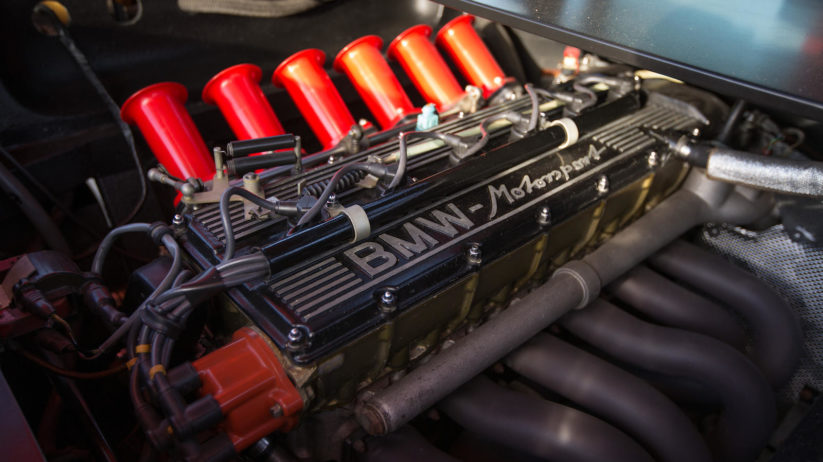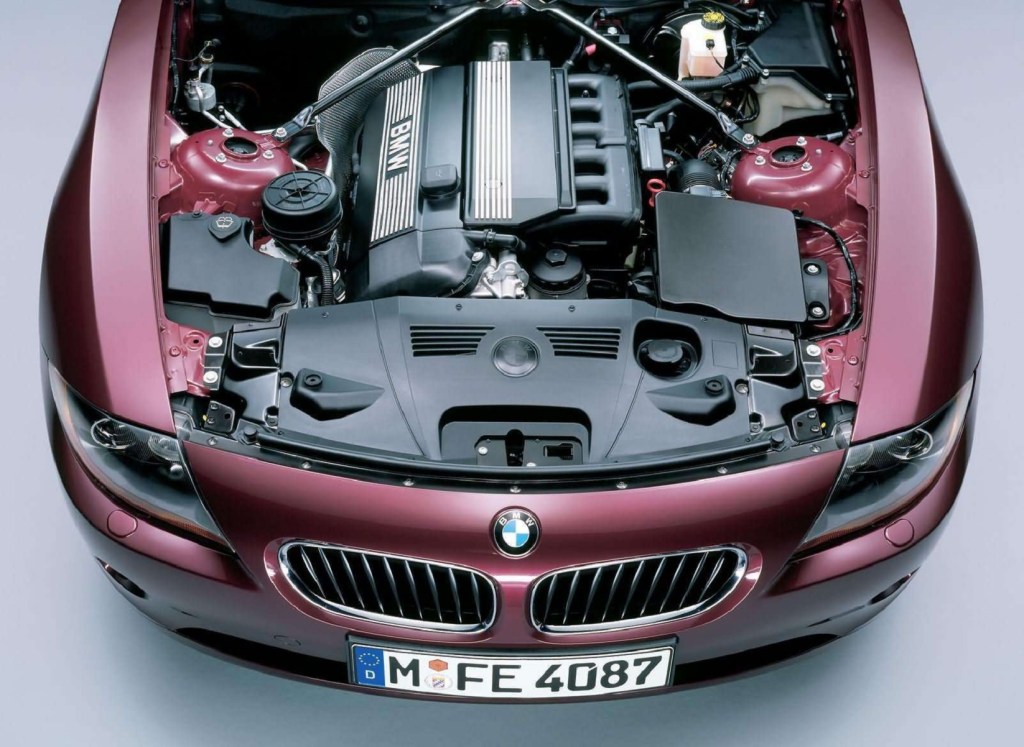A Comprehensive Overview to Understanding BMW Engine Specifications
A Comprehensive Overview to Understanding BMW Engine Specifications
Blog Article
Exploring the Evolution of Combustion Engines in Modern Transportation Solutions
As we navigate the landscape of modern transport, the development of combustion engines stands as a testimony to human resourcefulness and design expertise. The interaction of history, modern technology, and environmental problems in shaping the trajectory of burning engines develops a narrative that is both engaging and insightful.
Very Early Beginnings of Combustion Engines
Just how did the idea of burning engines initial emerge in the very early stages of transport advancement? The roots of burning engines can be traced back to the 17th century when the concepts of internal burning were very first explored. In 1673, Christian Huygens conceptualized a standard interior combustion engine that utilized gunpowder to create power. It had not been until the late 19th century that functional applications of combustion engines in transportation started to emerge.
The innovation moment featured the innovation of the initial effective gasoline-powered engine by Karl Benz in 1885 - bmw engine. This engine paved the method for the growth of the modern vehicle, reinventing transportation systems worldwide. Subsequent technologies by Nikolaus Otto and Gottlieb Daimler even more fine-tuned burning engine modern technology, resulting in the mass production of cars and the quick expansion of the transportation market
These very early burning engines were identified by their simpleness and performance, laying the structure for the complicated and effective engines utilized in modern-day transport systems. The advancement of burning engines has actually contributed fit the method we travel and transfer goods, marking a substantial landmark in the background of transport advancement.
Shift to Internal Burning Modern Technology
The shift to internal combustion modern technology noted an essential shift in the evolution of transportation systems. This change started in the late 19th century, with creators like Nikolaus Otto and Gottlieb Daimler establishing the very first effective interior combustion engines. These engines revolutionized transport by providing a more reliable and effective option to heavy steam engines and electric motors.
Among the crucial advantages of inner burning engines was their ability to be reduced to suit vehicles, bring about the advancement of motorbikes and automobiles. This change from bulky, fixed engines to compact, mobile ones led the way for the modern-day transportation systems we see today.
The change to inner combustion innovation also stimulated advancements in gas modern technology, resulting in the development of gas and diesel as main gas sources for cars. This change not just made transport much more accessible to the masses however additionally laid the structure for the oil and gas market to come to be essential to worldwide economies.
Effect of Combustion Engines on Transport
The adoption of combustion engines in transport systems militarized an extensive change in the efficiency and speed of international mobility. Combustion engines changed transportation by offering a trusted and versatile resource of power for numerous cars, consisting of autos, aircrafts, ships, and vehicles. This innovation considerably improved the capability for individuals and items to relocate over lengthy distances in much shorter time frameworks, leading to enhanced connectivity between regions and nations.
Additionally, the prevalent usage of burning engines has actually had a substantial influence on financial growth. The capability to move items successfully has actually stimulated profession and business, enabling services to broaden their markets and reach consumers worldwide. This has actually promoted financial growth and globalization, as products can now be delivered faster and in larger amounts than ever previously.
However, the environmental influence of burning engines can not be ignored. The combustion of fossil gas has resulted in air pollution and greenhouse gas exhausts, adding to climate change and posturing wellness dangers to populations. bmw engine. As an outcome, there is an expanding emphasis on developing different propulsion innovations to reduce these adverse impacts and create an extra sustainable future for transport
Advancements in Combustion Engine Design
Countless improvements in combustion engine layout have propelled the development of transportation systems over the years. One notable technology is the advancement of turbocharged engines, which make use of exhaust gases to drive a wind turbine that compresses inbound air, enabling even more gas to be scorched, causing boosted power result without a considerable rise in engine size. In addition, direct shot technology has actually boosted fuel performance and performance by exactly regulating the amount and timing of fuel infused into the burning chamber. Variable shutoff timing systems have likewise changed engine design by maximizing air movement at different engine rates, boosting both power and efficiency. One more substantial bmw engine innovation is the integration of lightweight products such as carbon fiber and light weight aluminum alloys, reducing general engine weight and enhancing lorry gas economic climate. Improvements in computer-aided layout have actually made it possible for designers to optimize engine performance and performance via simulations prior to physical models are built, saving time and resources in the development process. These developments collectively add to the continuous improvement of combustion engines in modern transportation systems.
Future Patterns in Combustion Engine Development
With modern technology developments driving continual development, the future of burning engine advancement is positioned to revolutionize transport systems globally. One of the crucial fads in combustion engine growth is the press towards higher performance and decreased discharges.
Another famous trend is the adoption of crossbreed technologies in combustion engines. Hybrid engines incorporate traditional combustion modern technology with electrical power, using boosted fuel efficiency and reduced exhausts. As the automotive market changes in the direction of electrification, crossbreed burning engines are viewed as a transitional solution that connects the space in between standard vehicles and fully electric ones.
Furthermore, the combination of clever modern technologies, such as expert system and data analytics, is expected to play a significant function in the future of combustion engine advancement. These innovations can enhance engine efficiency in real-time, causing a lot more reliable burning procedures and improved general automobile efficiency. Accepting these future patterns will not only drive innovation in combustion engine advancement but also add to a much more environmentally friendly and lasting transport environment.

Final Thought
In final thought, the development of burning engines in contemporary transport systems has actually been check out this site noted by considerable improvements in modern technology and layout. From the very early starts of burning engines to the shift to interior combustion modern technology, these engines have actually had an extensive effect on transport. Technologies in burning engine style continue to drive development in this field, with future trends concentrating on more boosting performance and decreasing discharges. The future of combustion engines in transportation looks encouraging as study and advancement efforts remain to press borders.
The roots of burning engines can be mapped back to the 17th century when the principles of inner combustion were first discovered. These engines transformed transportation by supplying a much more efficient and effective alternative to steam engines and electrical motors.

Report this page